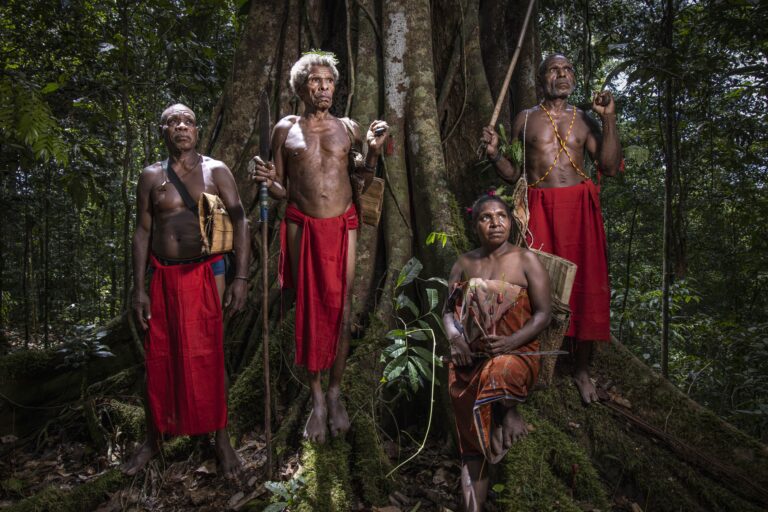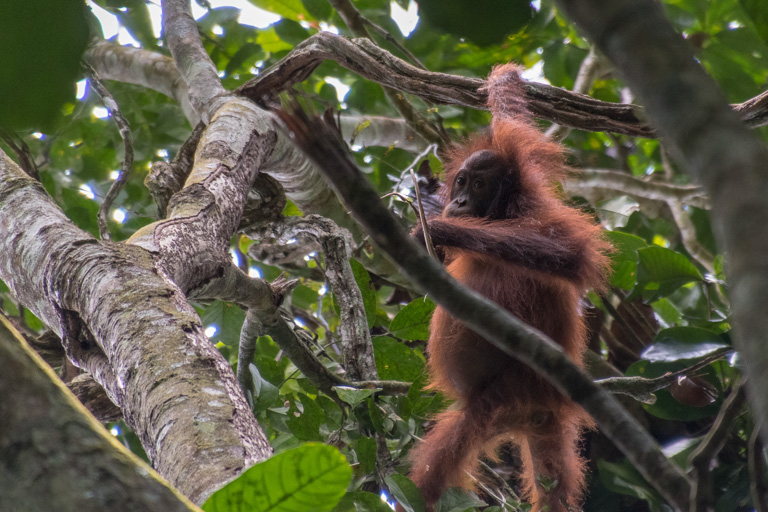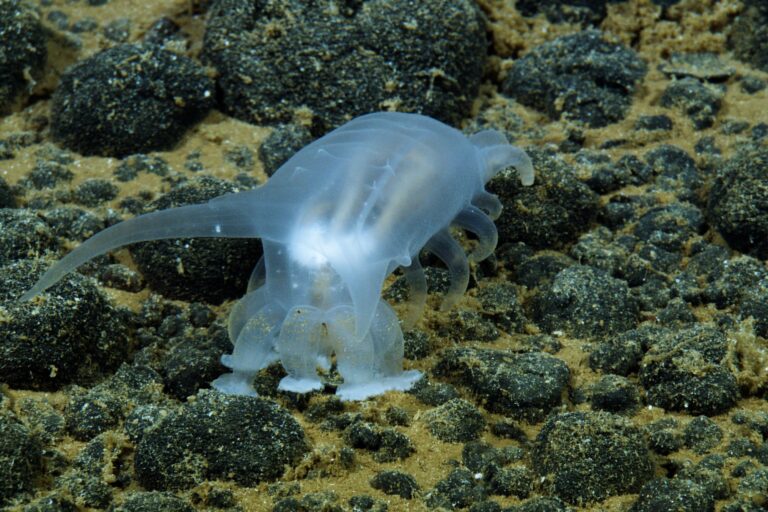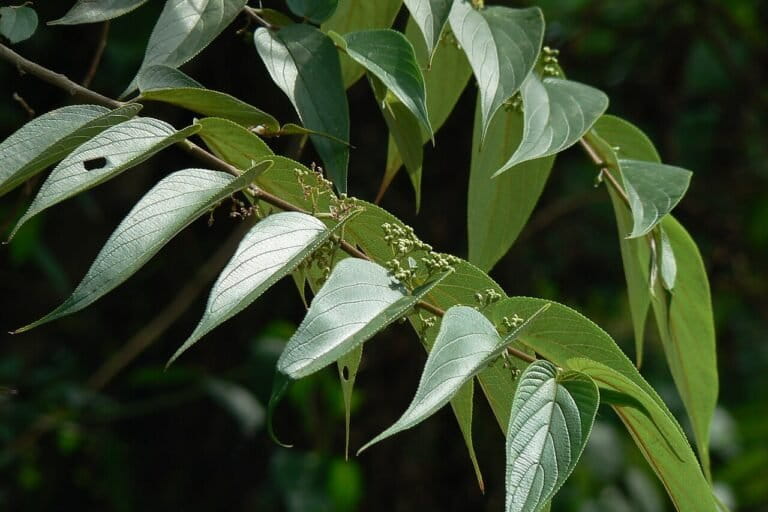- Malawi’s Mount Mulanje is a biodiversity hotspot, a sacred cultural site, and provides critical resources for the more than 1 million people who live in the surrounding districts.
- In July, Mount Mulanje Cultural Landscape was inscribed as a UNESCO World Heritage Site.
- In August, senior traditional chiefs held a press conference affirming their support for the UNESCO listing.
- Local leaders and conservationists fear proposed mining projects would threaten the mountain’s natural heritage, and negatively impact tourism and jeopardize gains in sustainable development.
A controversial proposed mining project in Malawi’s newest UNESCO World Heritage Site is raising opposition from traditional chiefs and conservationists.
Mount Mulanje in southern Malawi is a renowned biodiversity hotspot, a vital source of freshwater, and is of huge spiritual significance to the communities that live on and around it. In June, the mountain was designated a UNESCO World Heritage Site, Malawi’s third.
Mulanje conservationists say they fear that proposed mining projects on the mountain’s high-altitude plateau would threaten the mountain’s ecological integrity, jeopardize tourism development and undo hard-won gains in sustainable development.
A sacred mountain rich in endemic species
Mount Mulanje is a massive inselberg in southern Malawi, its forested slopes rising steeply to a broad plateau with 13 peaks, reaching an altitude of 3,002 meters (9,849 feet) at its highest point. Nine perennial rivers drain from the upper slopes, and the mountain is home to more than 70 endemic species, including the critically endangered Mulanje cedar (Widdringtonia whytei), Malawi’s national tree.
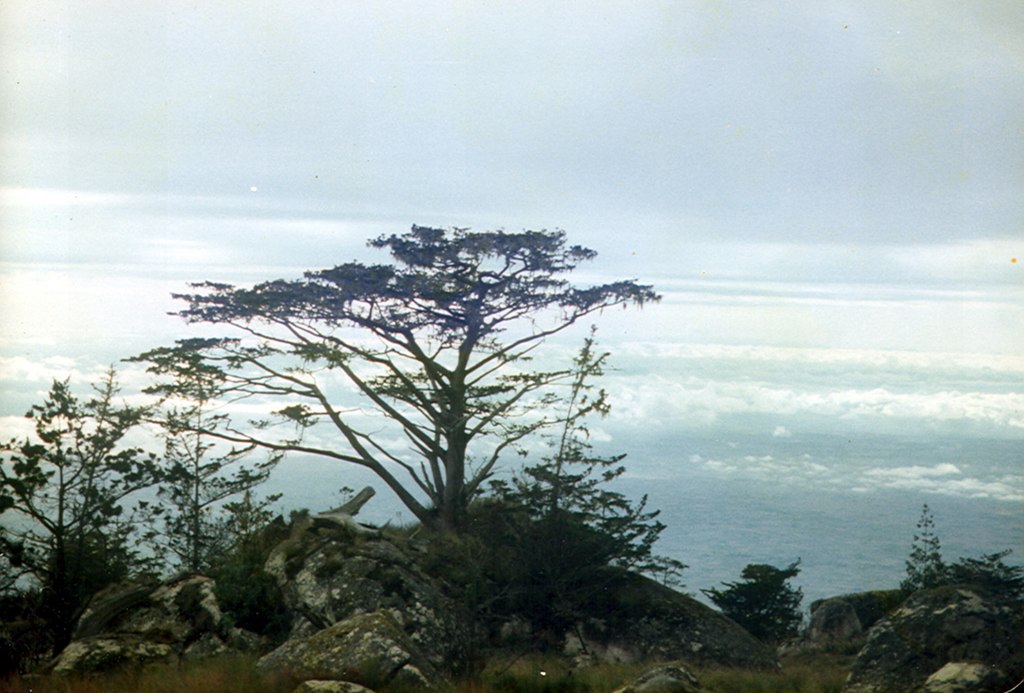
More than a million people live in the surrounding districts of Mulanje and Phalombe, and rely on the mountain and its forests for clean water, firewood, edible forest products, protection from storms, income from tourism, and more. The mountain is considered sacred by multiple cultural groups and said to be inhabited by ancestral spirits, and is a repository of medicinal herbs.
Currently the entire mountain is zoned as a forest reserve. In July, the Ministry of Local Government, Unity and Culture stated an intention to declare Mount Mulanje Cultural Landscape a protected monument, a move that would confer added protection from development.
Also in July, Mount Mulanje Cultural Landscape, which includes the forest reserve and surrounding areas, was inscribed as a UNESCO World Heritage Site that “reflects the spiritual and ecological harmony between people and nature.”
Conservationists say they hope the UNESCO listing will draw more resources for conservation and boost tourism. It’s also brought renewed focus to proposed mining projects by local company Akatswiri Mineral Resources, a subsidiary of Akatswiri Holdings Ltd.
Akatswiri holds a mining license for bauxite on the southeastern portion of the mountain, on the Lichenya and Linje plateaus, provisional on the approval of an environmental and social impact assessment (ESIA), currently underway. It also holds an exploration license for rare earth elements, and bauxite, which expired in September 2024 and is pending renewal, according to the Malawi mining cadastre map portal.
Akataswiri Mineral Resources says its bauxite mining project, with a capital cost of $820 million, could generate $260 million per year, according to reporting on Alcircle.com, and includes a processing plant and smelter. When questioned by Mongabay, Akatswiri group chairman Hilton Banda said he wasn’t able to give details on technical aspects of the project.
Akatswiri completed the first drilling phase for rare earth elements in 2024, according to local news reports.

‘Conservation, not exploitation’
Senior chiefs in Mulanje district held a press conference on Aug. 15 affirming their unanimous support of the UNESCO listing and commitment to conservation of the mountain’s natural heritage. The press conference followed reporting in local news outlets that some village heads had been tricked into signing a letter protesting the UNESCO listing.
“Mount Mulanje is a sacred and life-sustaining heritage for our people. For centuries, it has been the source of clean water, fertile soils, rare plant and animal species, and cultural traditions passed down through generations,” said Traditional Authority (TA) Chikumbu, speaking at the press conference. “We categorically state: We stand for conservation, not exploitation.”
Community leaders and conservationists have long voiced their opposition to mining on Mount Mulanje. In 2012, a group of concerned citizens obtained an injunction against a different mineral exploration firm for prospecting for rare earth elements, though that injunction was later overturned. In 2023, several citizens’ groups held a press conference demanding the withdrawal of Akatswiri’s mineral extraction license, according to reporting on Africa.net. The majority of local stakeholders support heritage conservation over mining, according to a 2019 paper in the Journal of African Cultural Heritage Studies.
Speaking to Mongabay by video call, TA Chikumbu, a senior chief and former teacher who oversees 147 village heads, said Mulanje is a spiritual mountain, and that she hopes the new UNESCO listing will bring more resources for conservation. For years, local conservation organizations have been working to restore biodiversity on the mountain, which has been hard hit by illegal logging and fires. She said she fears the proposed mine would have profound cultural, ecological and economic impacts.
“We say no to mining,” she said, “a big no to mining.”

‘Same story almost everywhere’
Bauxite is the raw material used to make aluminum through a three-step process. First, bauxite ore is extracted through strip mining, with heavy machinery removing large amounts of earth. Next, the bauxite is crushed and chemically processed to produce alumina. Finally, the alumina is smelted to produce aluminum.
A 2024 report by international environmental organization Mighty Earth cataloged numerous negative health, environmental and human rights impacts associated with bauxite mining around the world. “It’s the same story almost everywhere,” said Matthew Groch, senior director at Mighty Earth.
He noted that strip mining generally leads to deforestation and erosion, while red mud, a byproduct of alumina production, contains hazardous and radioactive materials that can spill or leach into waterways, with dire consequences. “Essentially everything that’s in that waterway dies,” he said.
In Mulanje, many residents say they fear the proposed mine would have catastrophic impacts for Mount Mulanje’s biodiversity and freshwater resources.
The proposed mine site is especially rich in biodiversity, with nearly half of the plants endemic or near-endemic, said Carl Bruessow, executive director at the Mulanje Mountain Conservation Trust (MMCT), a nonprofit.
The site is also a source of drinking water for the city of Blantyre, home to more than a million people, as well as local communities. “The implications on the water side, just because of how bauxite is mined and is semi-processed, would be devastating,” Bruessow said.
Alternative economic development
Malawi is one of the poorest countries in the world, with a GDP per capita of $508 in 2025.
Banda said the proposed bauxite mine would create more than 1,300 jobs and generate $260 million in foreign revenue annually.
“[H]ow much will your heritage or Unesco proposal contribute to Malawi economy and how many jobs will it create?” he wrote in an email, also saying that the two projects can coexist.
But many local leaders say mining will not be compatible with other, more sustainable forms of development, and will not bring long-term benefits to local communities.
“[Mining] will just be for a short time, but there will be a lot of damage,” TA Chikumbu said.
The Wildlife and Environmental Society of Malawi (WESM) is chairing a group of civil society organizations aimed at safeguarding the mountain’s biodiversity and which has expressed concern about the impact of the proposed mining project.
“Let’s make sure we don’t destroy what we have,“ said Yassin Rasheed Malandula, WESM branch coordinator.
Kondwani Chamwala, an avid mountaineer and environmental educator whose family home sits at the base of Mount Mulanje, also said he doesn’t think mining will be an advantage for communities.
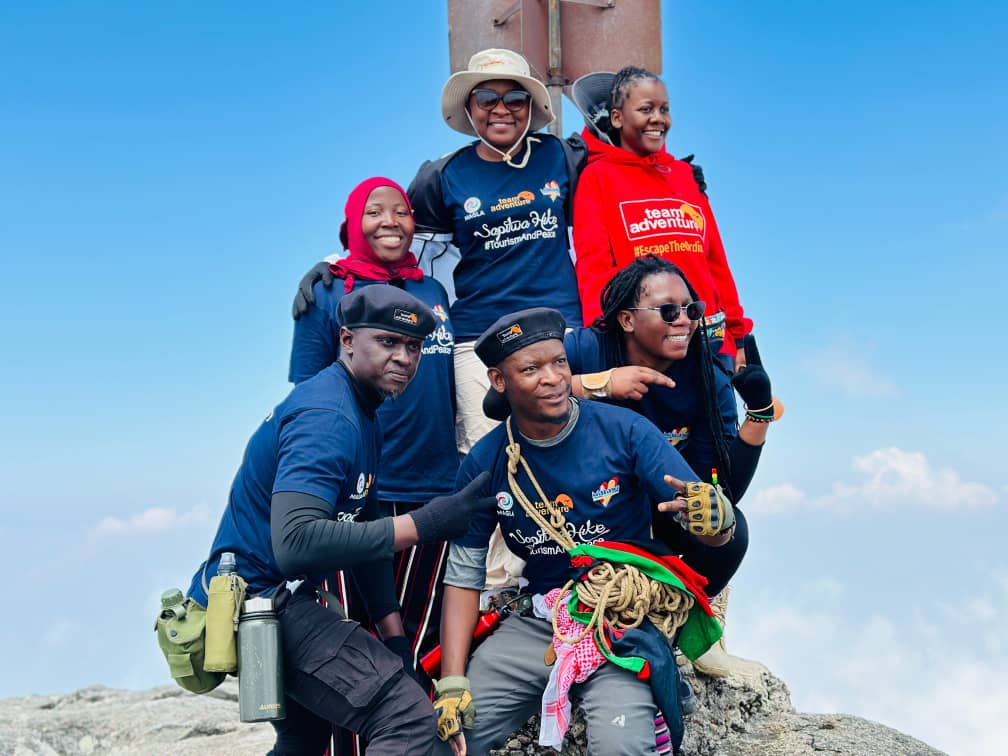
“I know there are always the investors [from extractive industries] who dangle some carrots ahead of the community. Say we’re going to do your hospitals, we’re going to do you a better school and all that. I think these are short-term stuff,” he said.
Chamwala pointed out the mountain already makes substantial economic contributions to the agriculture and tourism sectors, both pillars of Malawi’s development strategy, and could grow with the right investment.
The Mount Mulanje area is a major tea-growing region, a commodity that already contributes 9% of Malawi’s foreign exchange earnings.
Mulanje draws tourists from across Malawi and abroad who come to the mountain to hike its well-developed trail system with 10 mountain huts, scale the 3,002-meter Sapitwa Peak and, more recently, rock climb. Guides and porters make good wages, and the money they earn stays in the community, supporting families and sending kids to school, Chamwala said. “When they come down off the mountain, they’re going to use their money to buy sugar or salt from a shop that is in the same community,” Chamwala said. He and others noted that developing tourism and instituting a permit system, similar to the one in place on Mount Kilimanjaro in Tanzania, could generate significant revenue.
He and others also said they fear the proposed mining, which is in areas frequented by tourists, would kill the industry.
“[Tourists] like the beauty of Mulanje,” TA Chikumbu said, “but with the mining, I don’t think tourists will be happy.”
The proposed mine could also undo hard-won progress in sustainable development, said Matthews Tsirizeni, country director at WeForest, an international nonprofit focused on restoring threatened ecosystems. For years, conservation organizations such as WeForest and MMCT have been working to restore biodiversity on Mount Mulanje, which has been hit hard by illegal logging and fires. WeForest supports communities in establishing co-management areas to promote sustainable use of forest resources, including demarcating boundaries, building community management systems, establishing monitoring plots, and fire management. Community forest management is widely seen as one of the most effective ways to manage resources for conservation.
“There has been a lot of investment for the past three to four years … Now if the mining company comes in and maybe they pass it through that [co-management] area, maybe through access roads, sometimes maybe the mine itself, or maybe some temporary settlements, it means that would be a total loss of our gains for the past years. So that is a big worry.” Tsirizeni said.

The proposed bauxite mine would also jeopardize MMCT’s $30 million, 6.5-megawatt hydropower generation facility, which, when operational, will power most of the villages around Mulanje and spur economic development, Bruessow said.
He added he doesn’t believe the proposed bauxite mine is technically or economically feasible. For starters, Malawi doesn’t produce nearly enough electricity required for smelting, nor is there a way to transport the products for export, he said, adding that there are far cheaper and less environmentally damaging ways to meet the growing global aluminum demand.
“At the end of the day, for a project of that scale, there’d be very few large mining companies around the world that would touch it,” Bruessow said. “It just comes with flashing red lights and sirens on it, because it’s a high biodiversity and endemicity area, very high population density, and [the list] just goes on and on and on.”
In an emailed response to questions, Banda dismissed these concerns. “[W]e are professional mining experts [and] we don’t listen to critics who don’t know what they are doing or talking about … Malawians want development and we know what’s best for us,” he wrote.
TA Chikumbu said she’s clear on the type of development she wants.
“We need to bring back the environment … that is what we are looking for, not mining,” she said.
“My plea is please, please, please, spare us our Mulanje Mountain. I want all my great-great-grandchildren to see that Mulanje Mountain … the beauty of it as it was before.”
Banner image: Mount Mulanje in southeastern Malawi. Known as the “Island in the Sky,” Mount Mulanje, with 13 peaks and high-altitude basins, is rich in biodiversity with over 70 endemic species and provides surrounding communities with freshwater, natural forest products and essential protection from storms. Image by David Davies, CC BY-SA 2.0 via Flickr
Citation:
Malijani, O. (2019). Local stakeholder perspectives on mining development in the Mount Mulanje Cultural Landscape, Malawi. Journal of African Cultural Heritage Studies, 2(1), 36-52. doi:10.22599/jachs.46







